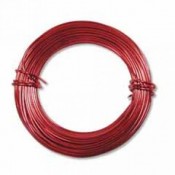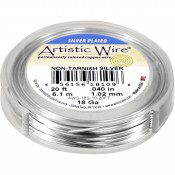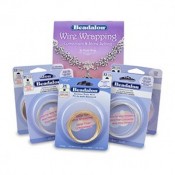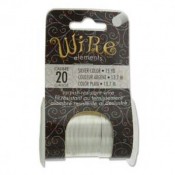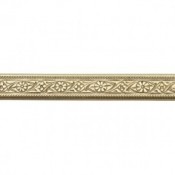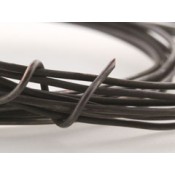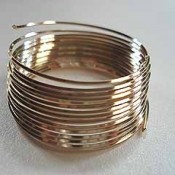-
Your shopping cart is empty!
❤️❤️❤️ Don't miss our Mothers Day 10% Storewide Sale! - Discount Coupon Code: MUM24 Just enter in coupon box at checkout. Valid until Midnight Mother's Day May 12th. ❤️❤️❤️
Processing time for new orders is approx 3-4 business days. If you do have a very urgent order please make sure you select the Rush My Order option at checkout.
Thank you for supporting our Australian owned small business - we really appreciate your support and loyalty which keeps us going.
Please not sale coupon cannot be used for gift vouchers.

We stock a huge range of craft wire - Artistic anti-tarnish permanent coloured wire, Beadsmith Tarnish Resistant Wire, Sterling & Gold Filled Wire, and Argentium tarnish resistant sterling silver wire.
Wire Gauges
The gauge of a piece of wire is a measurement of its width (diameter). Gauge is often abbreviated as "ga", thus 20 gauge = 20ga.
Gauge numbers work the opposite of how you'd expect. The larger the gauge, the smaller the wire's diameter. This is because the numbers were originally determined from how many times a piece of wire had to pass through a draw plate before it was done being sized. The more times through the plate, the thinner the wire.
Common Jewelry Uses of Wire by Gauge:

